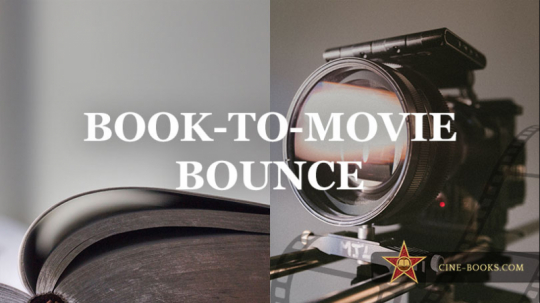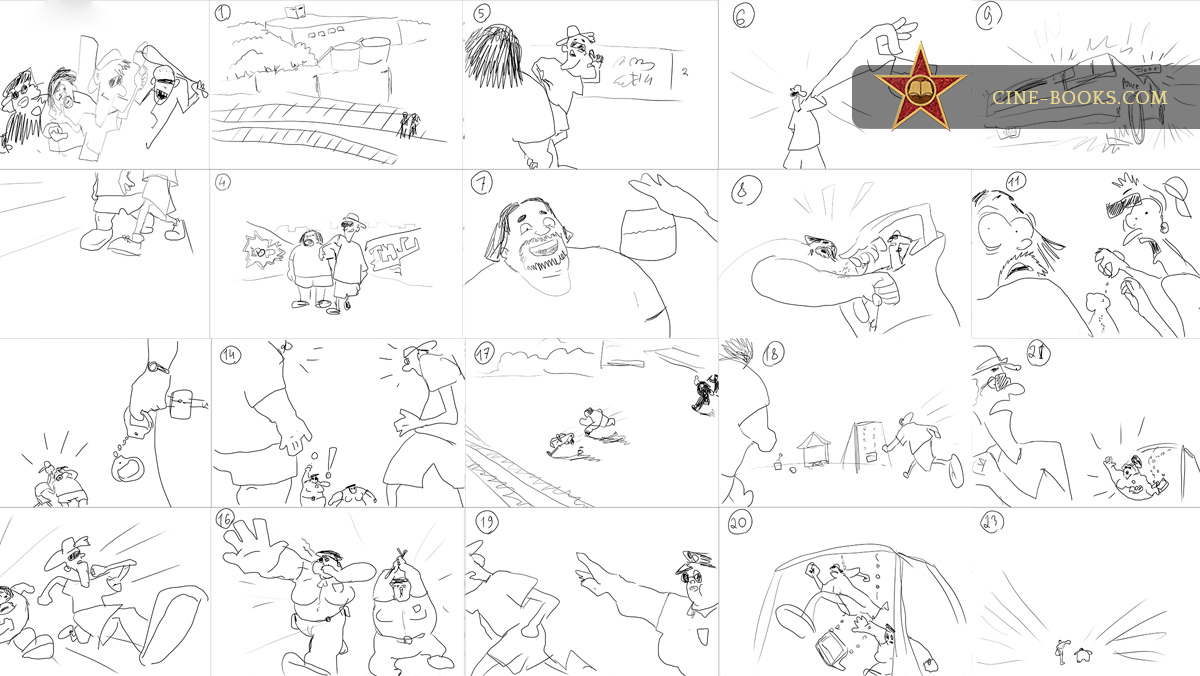
If you want to prepare for the shooting of a Photo Story, the best thing is to make a storyboard. A storyboard is something which will help all the members of the crew get ready for the shooting and spend time in the most efficient way!
- The director will be able to visualize own vision in an overview format of the story.
- Models and actors will be able to understand what is their role in the story, how to pose in each frame, and what emotions to show.
- Decorators and makeup artists will be able to understand what things need to be emphasized within the frame and what elements of the image and locations should be worked out in detail.
- The photographer or DOP will be able to think over the angles and composition, choose the suitable lenses and schemes of lighting.
- The producer (organizer) will be able to plan the shooting time and logistics, having combined the order of frames taking into account how to shoot them in the most convenient way.
An interesting fact! The first storyboard was invented by the Walt Disney in 1933 while making cartoons “Plane Crazy” and “Steamboat Willie”. And the first film which was shot with the help of the storyboard was the legendary “Gone with the Wind”.

By using a storyboard, you can think over a lot of interesting visual solutions in advance, which will make your story look more cinematographic and exciting!
Here are examples of some of directors’ methods which you can use within the storyboard:
Combine wide and close-up frames!
For example, first show a character within the wide frame with the locations surrounding the character. Then, use close-up frames to make accents on important details and emotions. Then use medium frames to show the interaction of the characters.
Use different angles!
This will help you to show the interaction of the characters: which of them are “smaller” or “bigger” within particular situation, when they are “closer” to each other or “further” from each other.
Think about the shifts between the scenes!
The shift from one scene to another is very important. It can make the story look coherent or confusing to your audience. For example, it is important that the viewer can understand that the previous scene is over and now characters are in another place or the action takes place after some time. It can be reflected by depicting the scene with the main angle, which can capture the space that surrounds the main characters. On the other hand, if you want to connect two scenes while saving the continuity of the action, you can smooth the shift between scenes by emphasizing viewers’ attention on characters.
Example 1

Action: “At that very moment when the backstreet boys are about to take drugs, the police car arrives and the policemen get out of the car”. Theoretically, this action can be displayed within one frame. But look how spectacular this looks within several frames with rotation of close-up and wide frames:
The wide frame of an approaching car. With the help of a low angle it looks impressive and dominant.
The close-up frame of a person getting out of the car. The shoes make us understand that this is someone very important, someone who can interfere. But the face of a person and intentions are not visible, that makes the tension rise.
the close-up frame with the backstreet boys’ reaction. Here we can see the director’s method of Spielberg Face – a bright reaction of characters to something that is invisible for the viewer.
Medium frame with approaching policemen. Here again, the low angle is used to increase the effect.
Example 2

Action: “Within the first scene, action was taking place nearby the railway. After the policemen arrived, the backstreet boys started running and ran to the playground.” How could you show the shift between two locations in order to show the continuity of an action (chase)? Here we can see the wide frame of first location with the running characters. On the next frame the characters are doing the same action but we can see that they are approaching the second location. The viewer can understand that further action will take place there.
Lifehack! The storyboard should not be cinematized consistently or chronologically. For example, if you have three different scenes in the cafe, in different moments of screenplay, it is better to cinematize them in one shift. Also, if you are shooting the dialogue and are showing the faces of characters one after another, you can shoot the frames with one character and then with another one. You can pick up the frames from the storyboard and place them in the most convenient order for shooting.
Watch the full storyboard of Photo Story "Backstreet Boys" by Alex Kochegura.
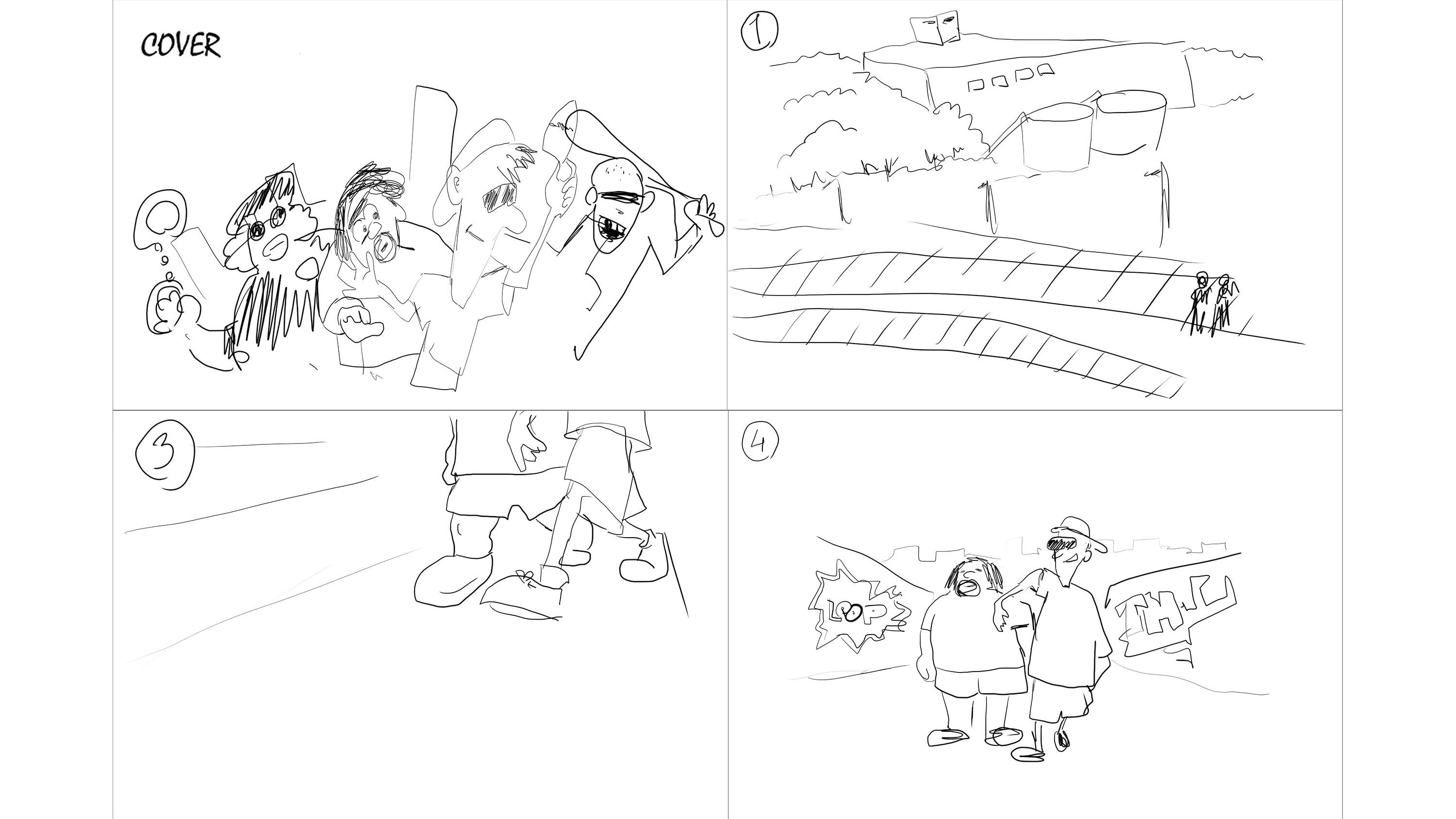




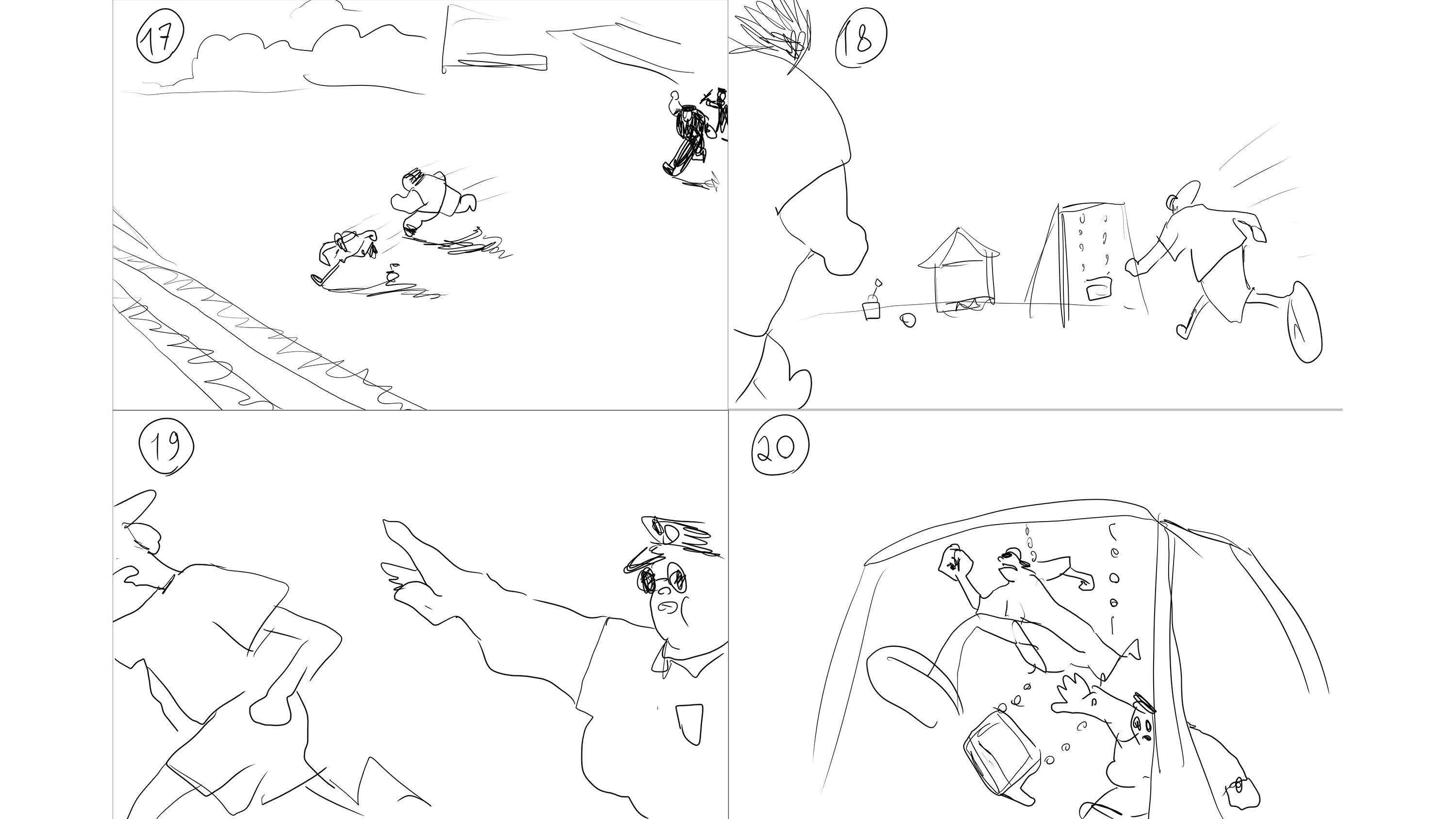

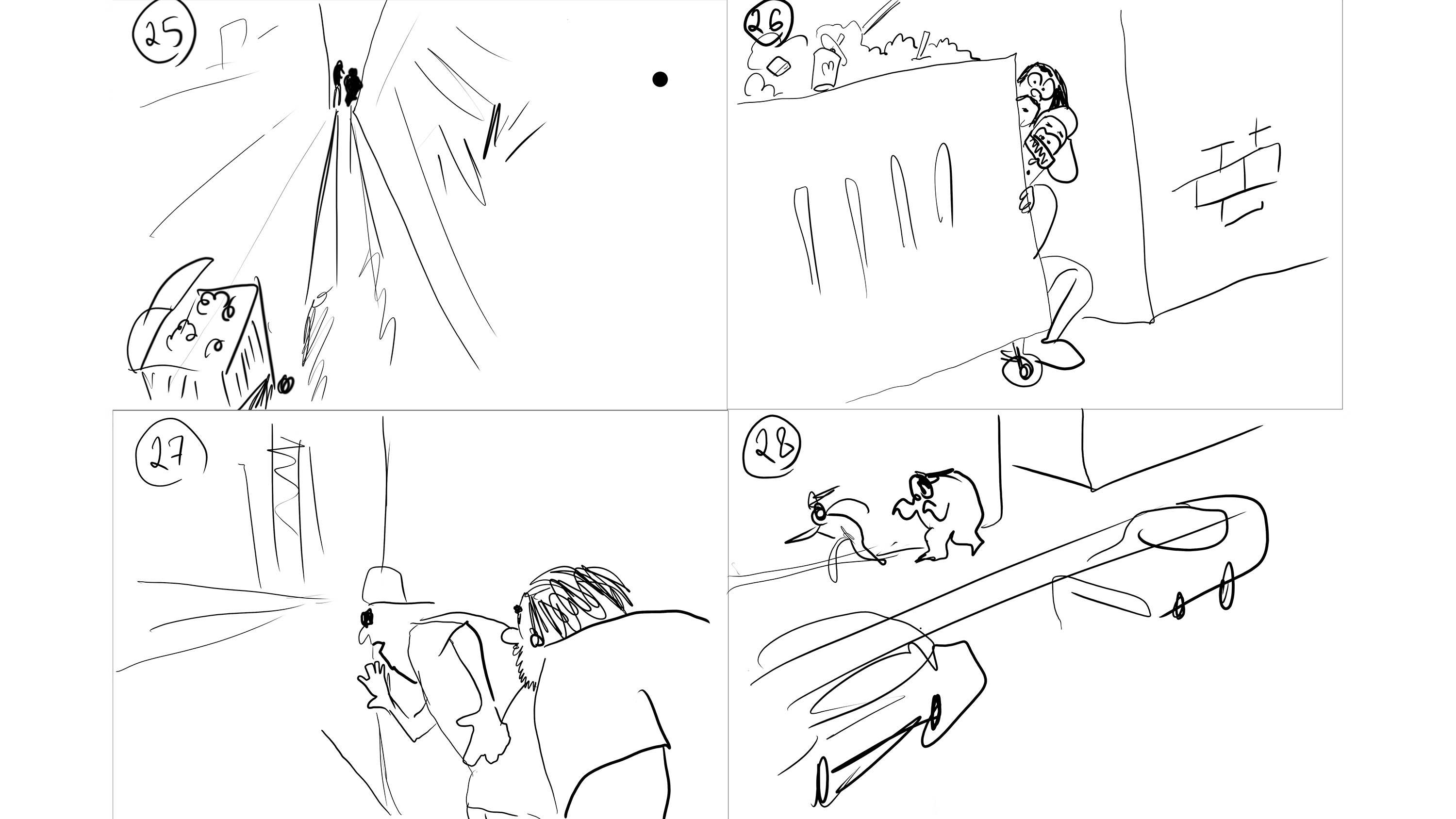

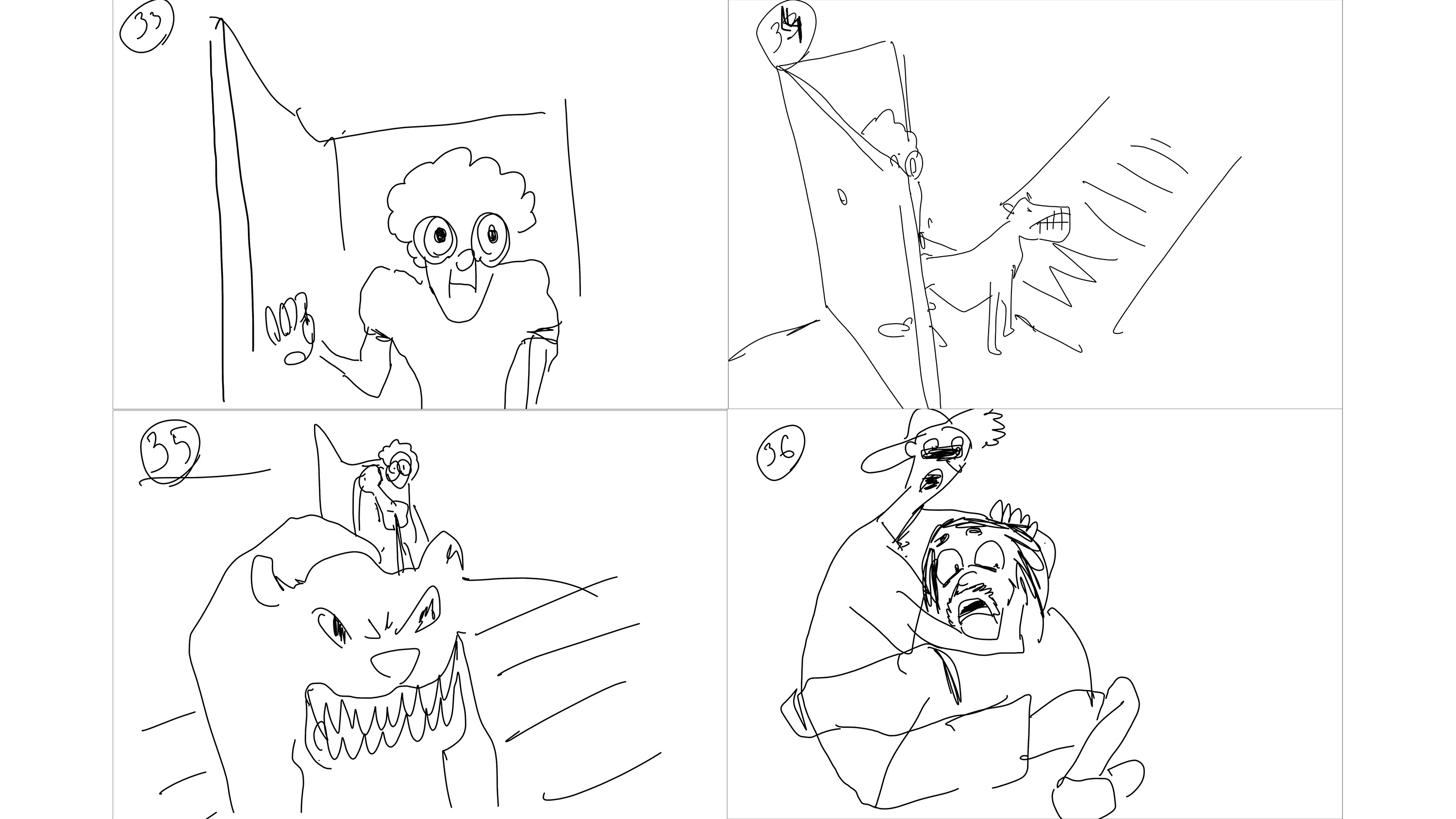
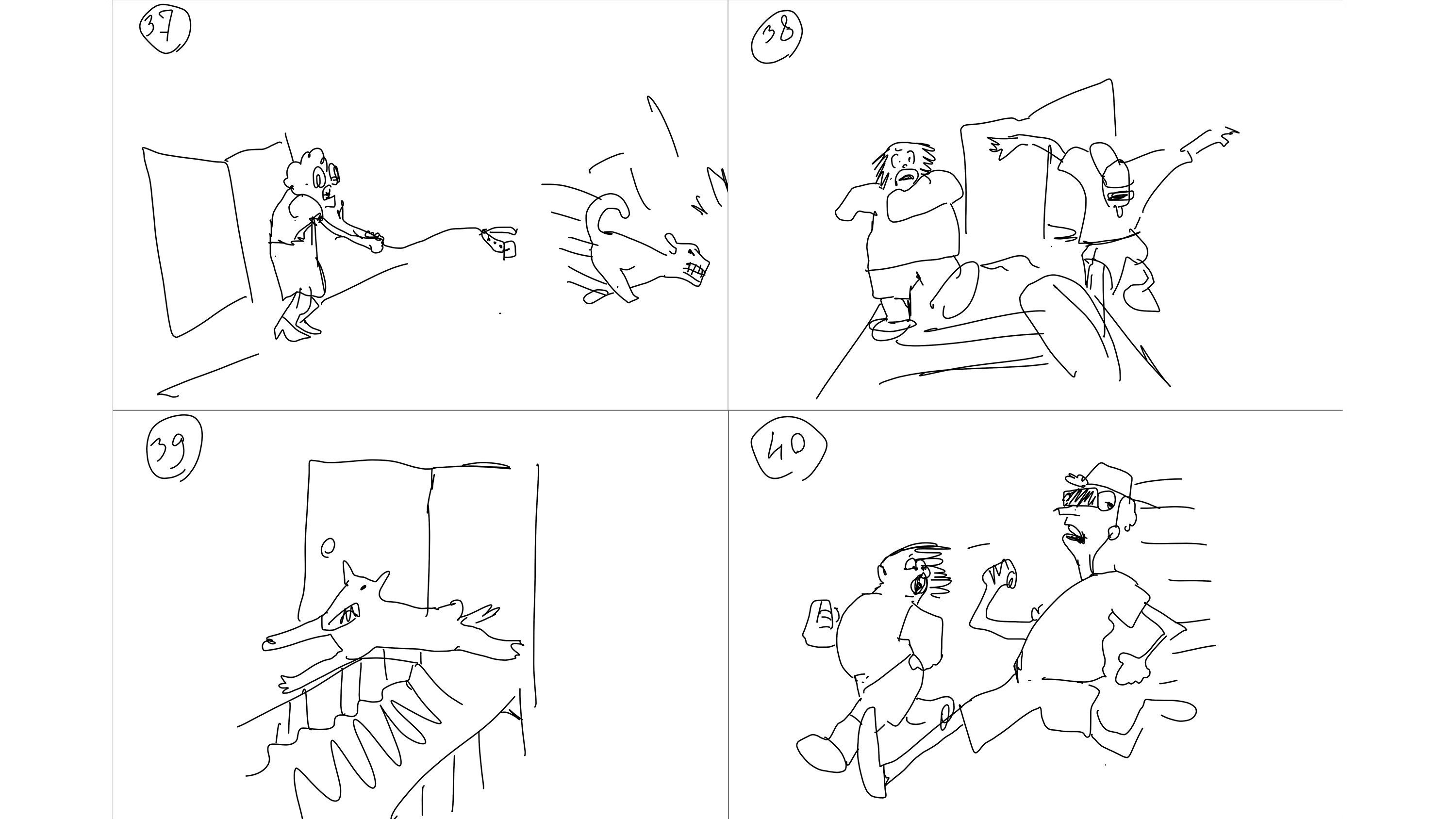
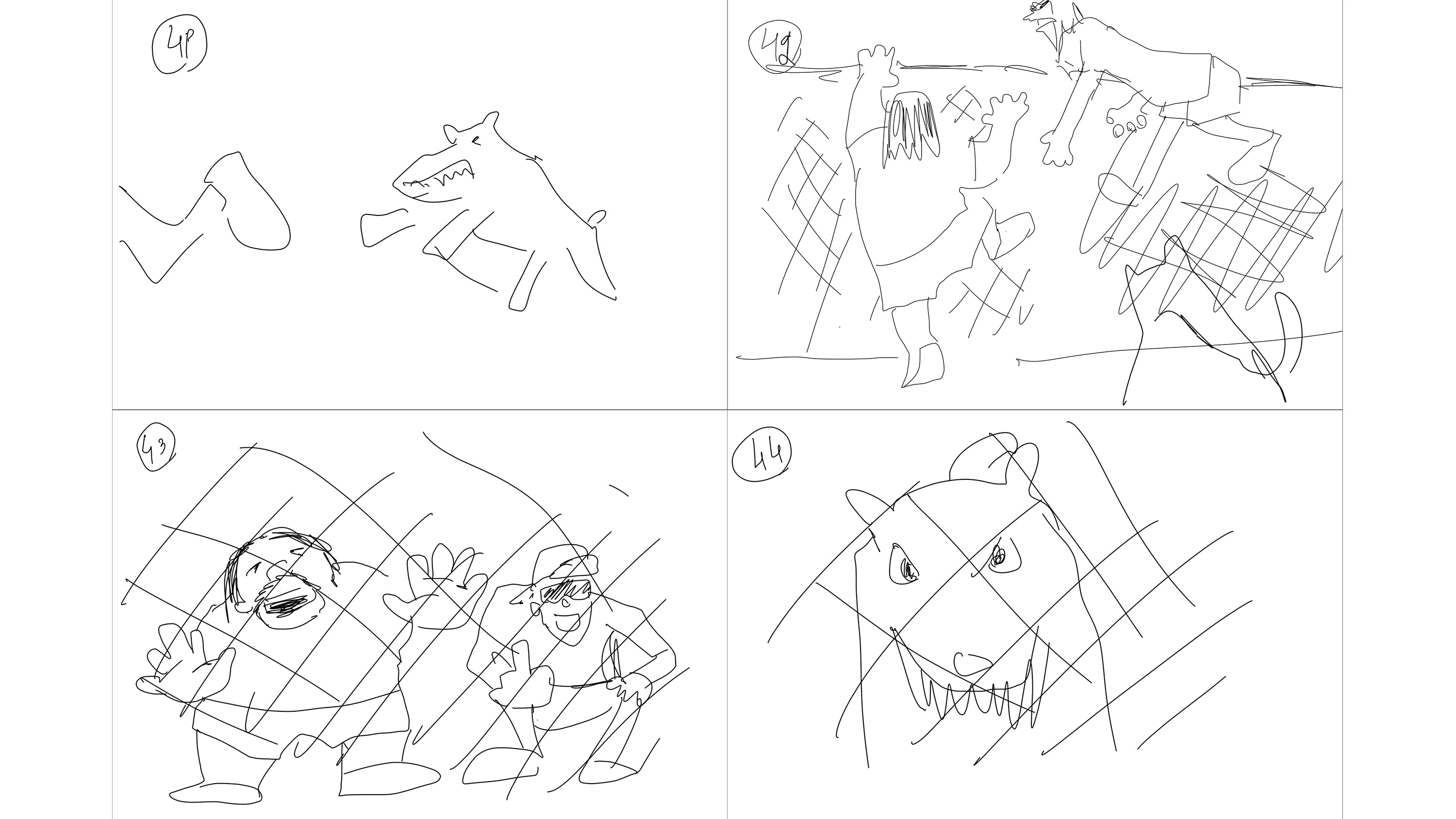
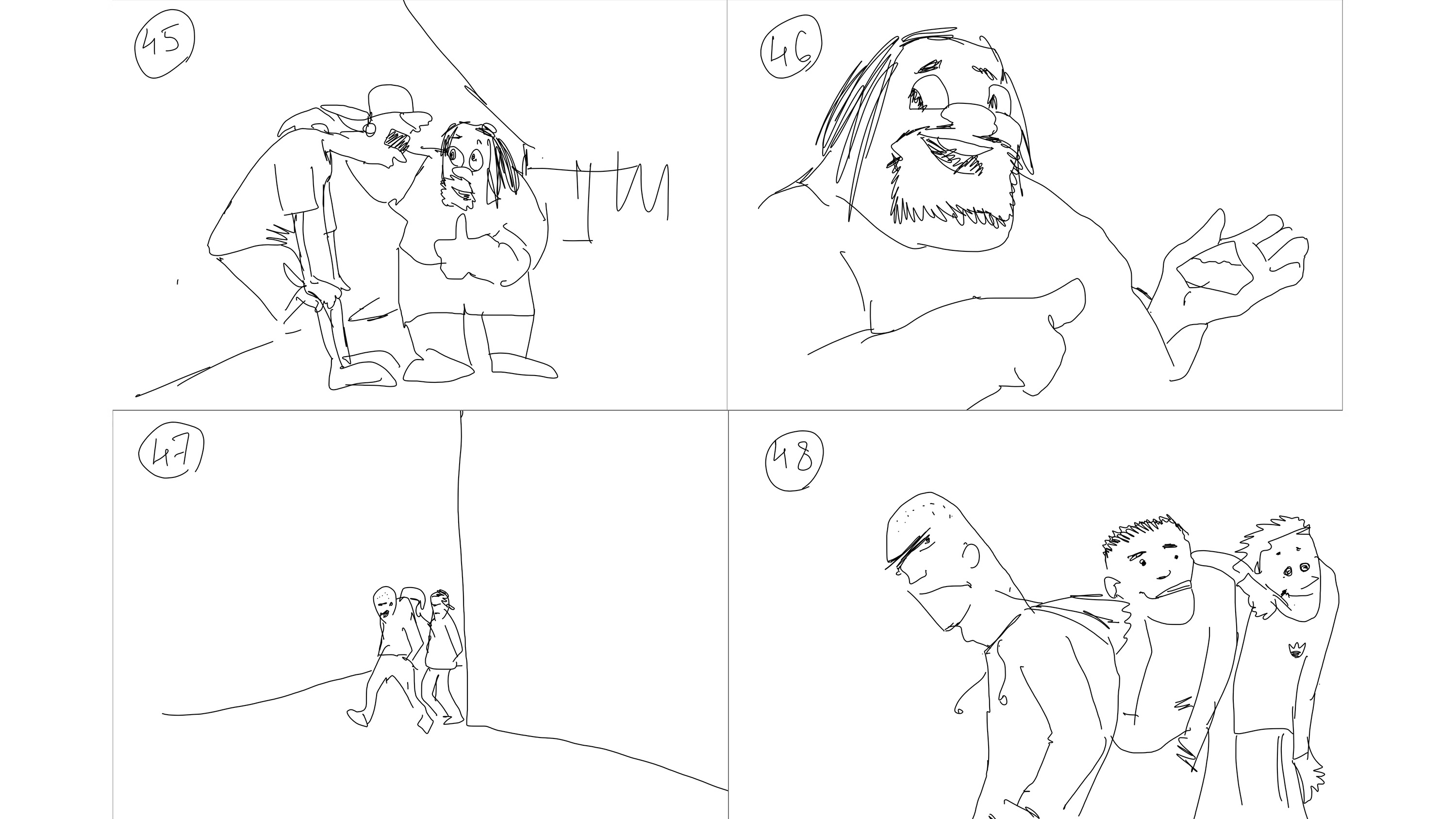
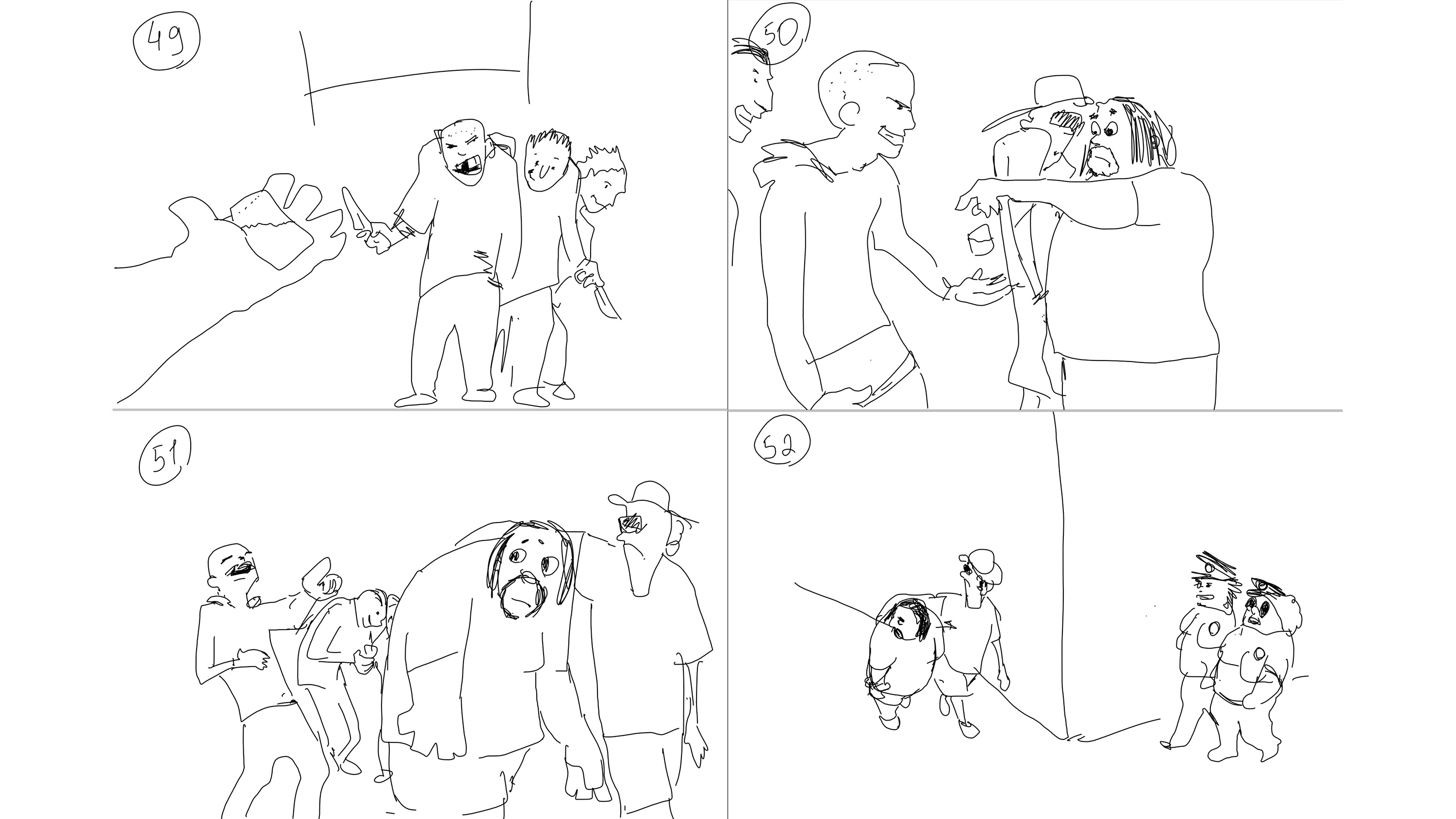
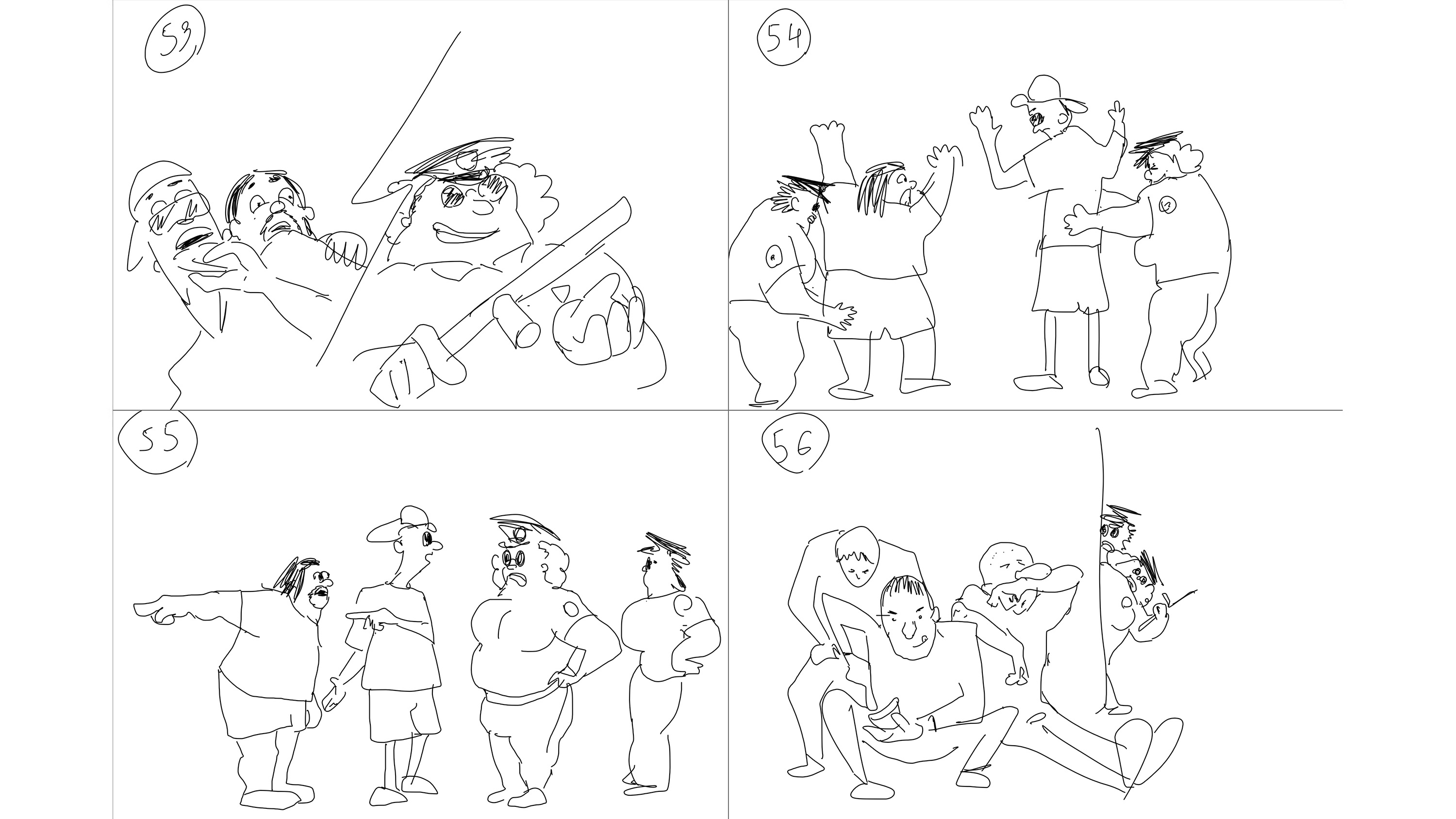
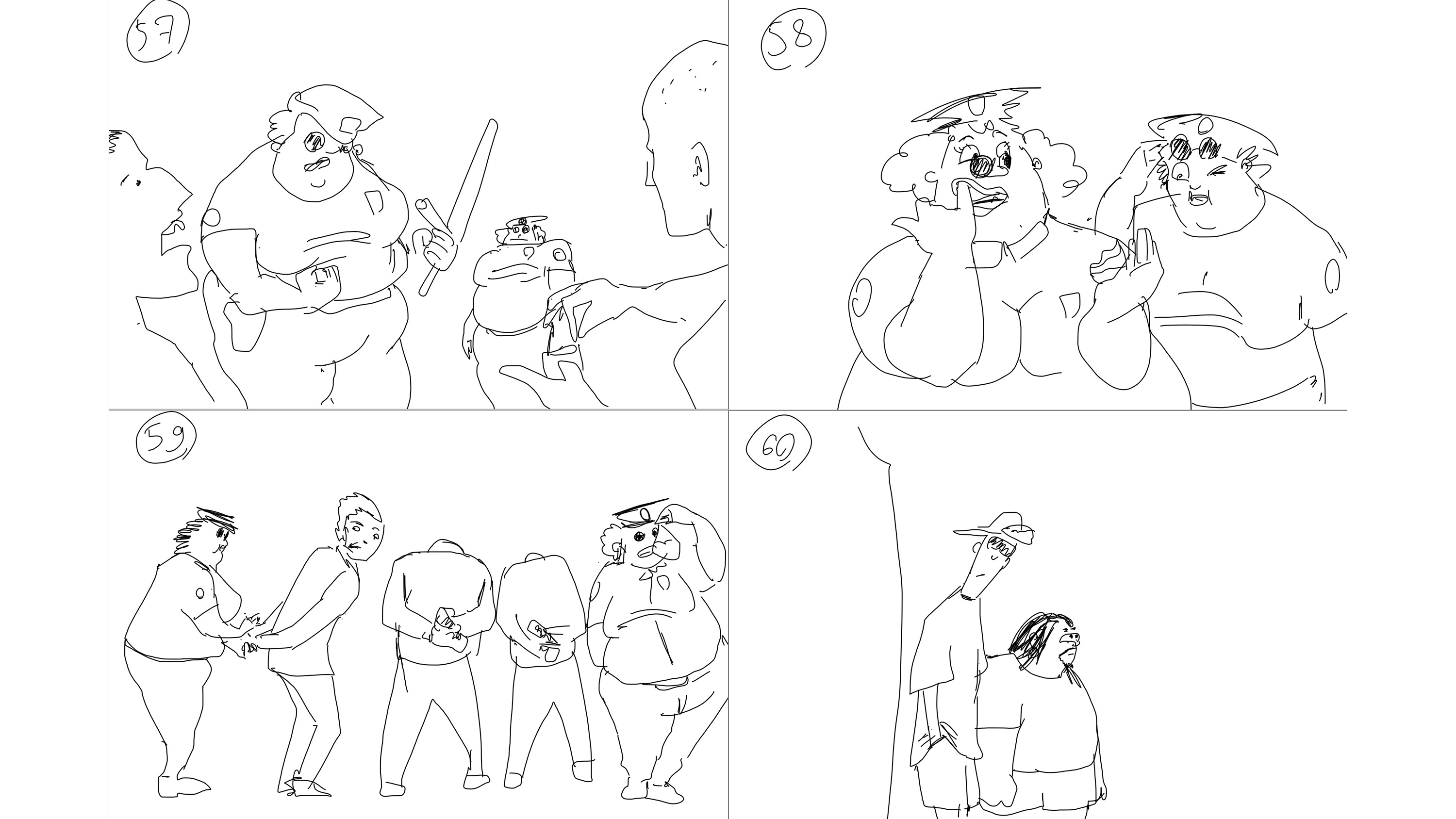

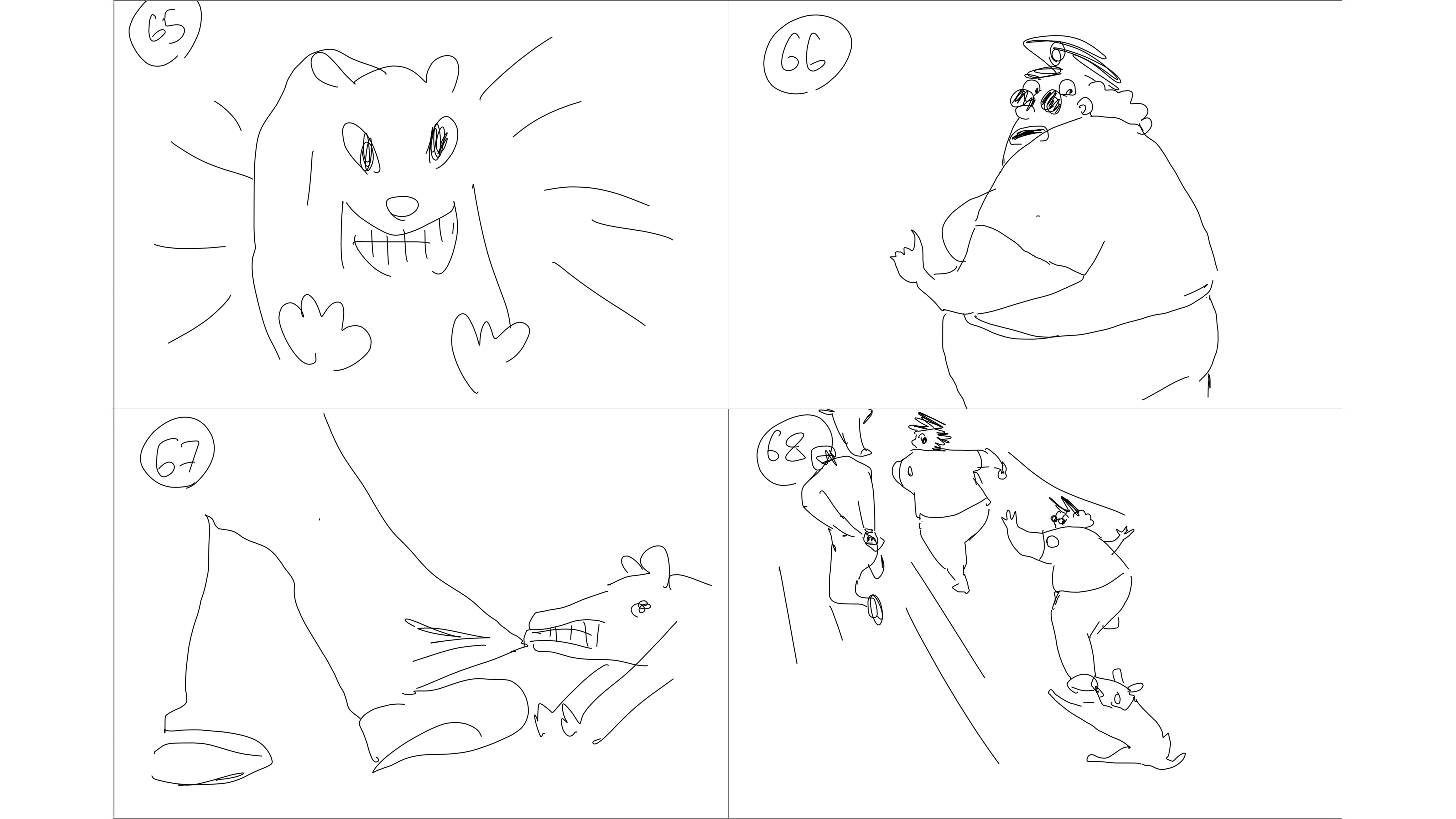
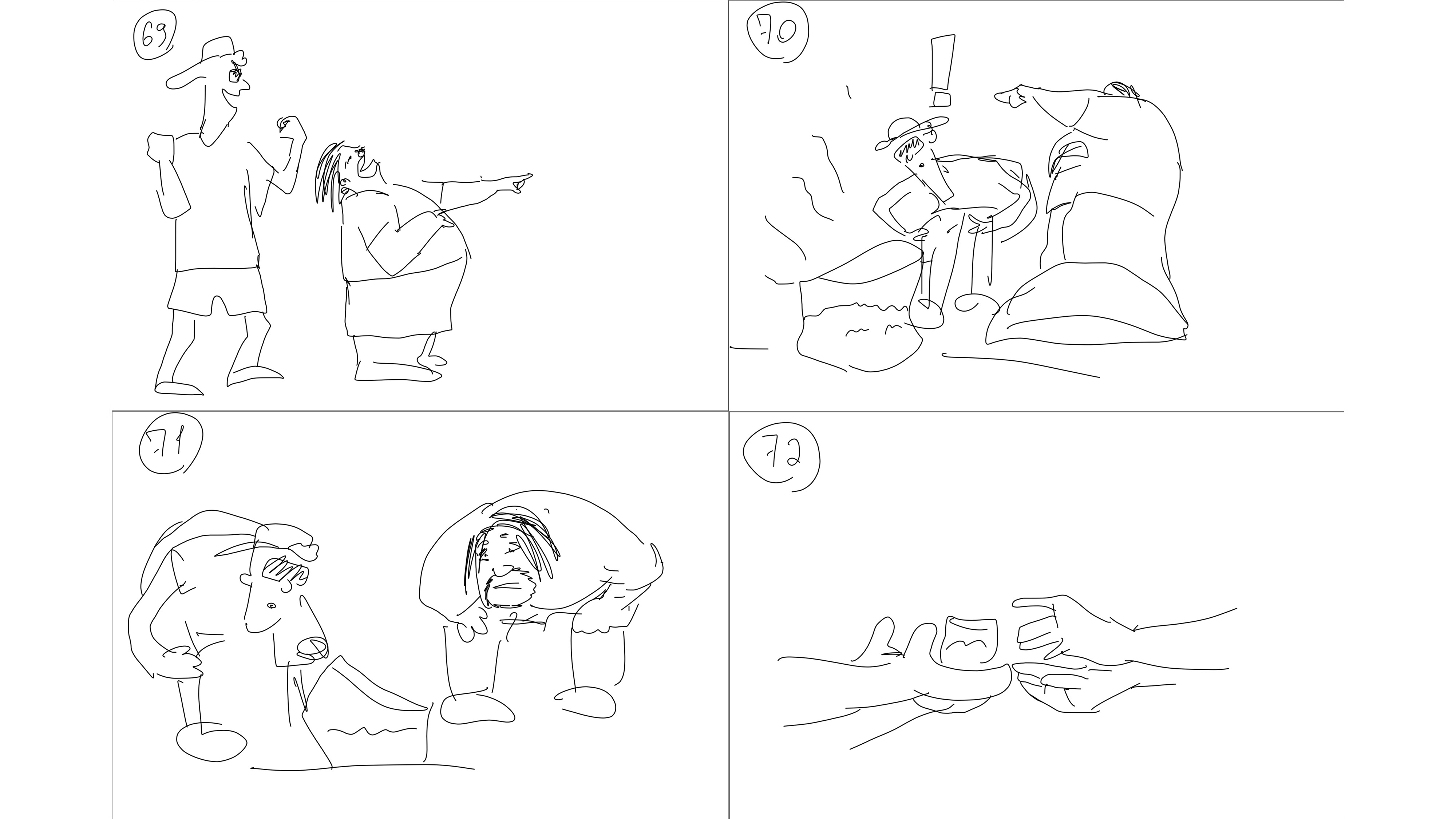
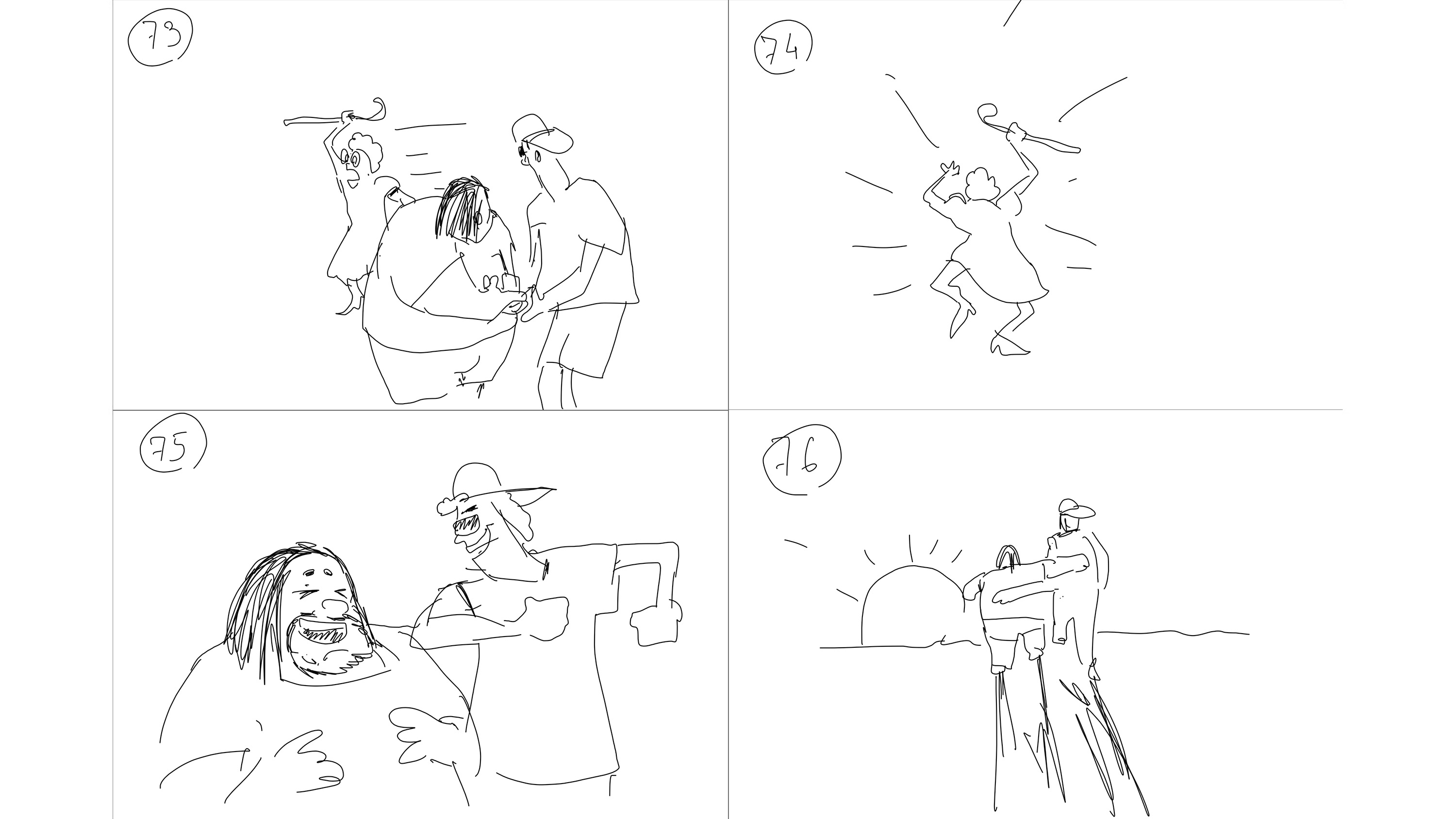
you may also like
Click “UPLOAD A STORY” to go to the Downloader. The loader consists of 6 consecutive steps. Step 1: Write the Title of the...
Once the book is visualized, a whole new world opens before the...
Halloween nowadays is one the most interesting and cheerful holidays. It is celebrated on the 31st of October, but many activities...







